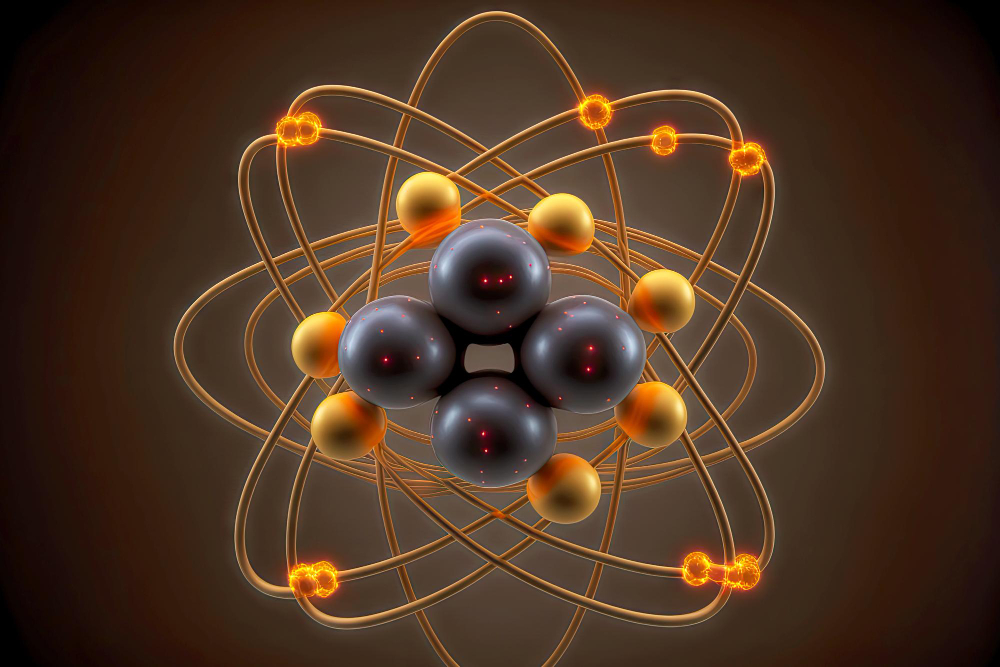
During Which Changes of State Does the Motion of the Atoms Decrease?
Understanding the motion of atoms during changes of state is fundamental to grasping the behavior of matter in different physical states. While atoms are constantly in motion due to thermal energy, certain changes of state involve alterations in the speed and arrangement of atomic motion. Let’s delve into the fascinating world of atomic motion during changes of state and explore when the motion of atoms decreases.
Slowing Down the Dance
During solidification, a substance transitions from a liquid to a solid state as it loses thermal energy. As the temperature decreases, the kinetic energy of atoms decreases, causing them to move more slowly. In a solid, atoms vibrate in fixed positions within the crystal lattice, with minimal translational motion. While atoms in a solid state still possess vibrational energy, the overall motion of atoms decreases compared to the more fluid motion observed in the liquid state.
Locking Atoms in Place
Freezing is a specific type of solidification in which a liquid substance transitions to a solid state upon reaching its freezing point. During freezing, the thermal energy of atoms decreases to the point where they lose their ability to overcome intermolecular forces and maintain a fluid state. Atoms become locked in position within the solid structure, resulting in a decrease in both translational and vibrational motion. The ordered arrangement of atoms in a solid lattice contributes to the rigidity and stability of the solid state.
Settling into Place
Condensation occurs when a gas transitions to a liquid state as it loses thermal energy. During condensation, gas molecules lose kinetic energy and slow down, allowing intermolecular forces to pull them closer together. As molecules come into closer proximity, they settle into fixed positions within the liquid, reducing their overall motion compared to the rapid, random motion observed in the gaseous state. While molecules in a liquid still possess vibrational and rotational energy, their translational motion decreases significantly.
Direct Solidification from Gas
Deposition is the reverse process of sublimation, wherein a gas transitions directly to a solid state without passing through the liquid phase. During deposition, gas molecules lose thermal energy and slow down, eventually reaching a point where they are captured by surfaces and solidify into a solid without undergoing liquefaction. As molecules transition from the gaseous state to the solid state, their motion decreases dramatically, with atoms settling into fixed positions within the solid lattice.
Changes in State and Thermal Energy
The motion of atoms during changes of state is intricately linked to thermal energy, which is the energy associated with the motion of particles within a substance. As substances gain or lose thermal energy, the speed and arrangement of atomic motion change accordingly. Changes of state involve the transfer of thermal energy between atoms or molecules, leading to alterations in the overall motion of particles and the physical properties of the substance.
Critical Point and Phase Transitions
At the critical point of a substance, the distinction between the liquid and gas phases disappears, and the substance exhibits properties of both phases simultaneously. At this point, the motion of atoms becomes highly erratic and unpredictable, with molecules moving freely without distinct boundaries between phases. Phase transitions near the critical point involve subtle changes in the arrangement and motion of atoms, highlighting the complex interplay between temperature, pressure, and atomic behavior.
Navigating Atomic Motion in State Changes
In conclusion, understanding the motion of atoms during changes of state provides valuable insights into the behavior of matter and the physical properties of substances. While atoms are constantly in motion due to thermal energy, changes of state involve alterations in the speed and arrangement of atomic motion. Solidification, freezing, condensation, and deposition are examples of changes of state wherein the motion of atoms decreases as substances transition between different physical states. By unraveling the dynamics of atomic motion, we gain a deeper appreciation for the intricate dance of particles that governs the behavior of matter in the universe.